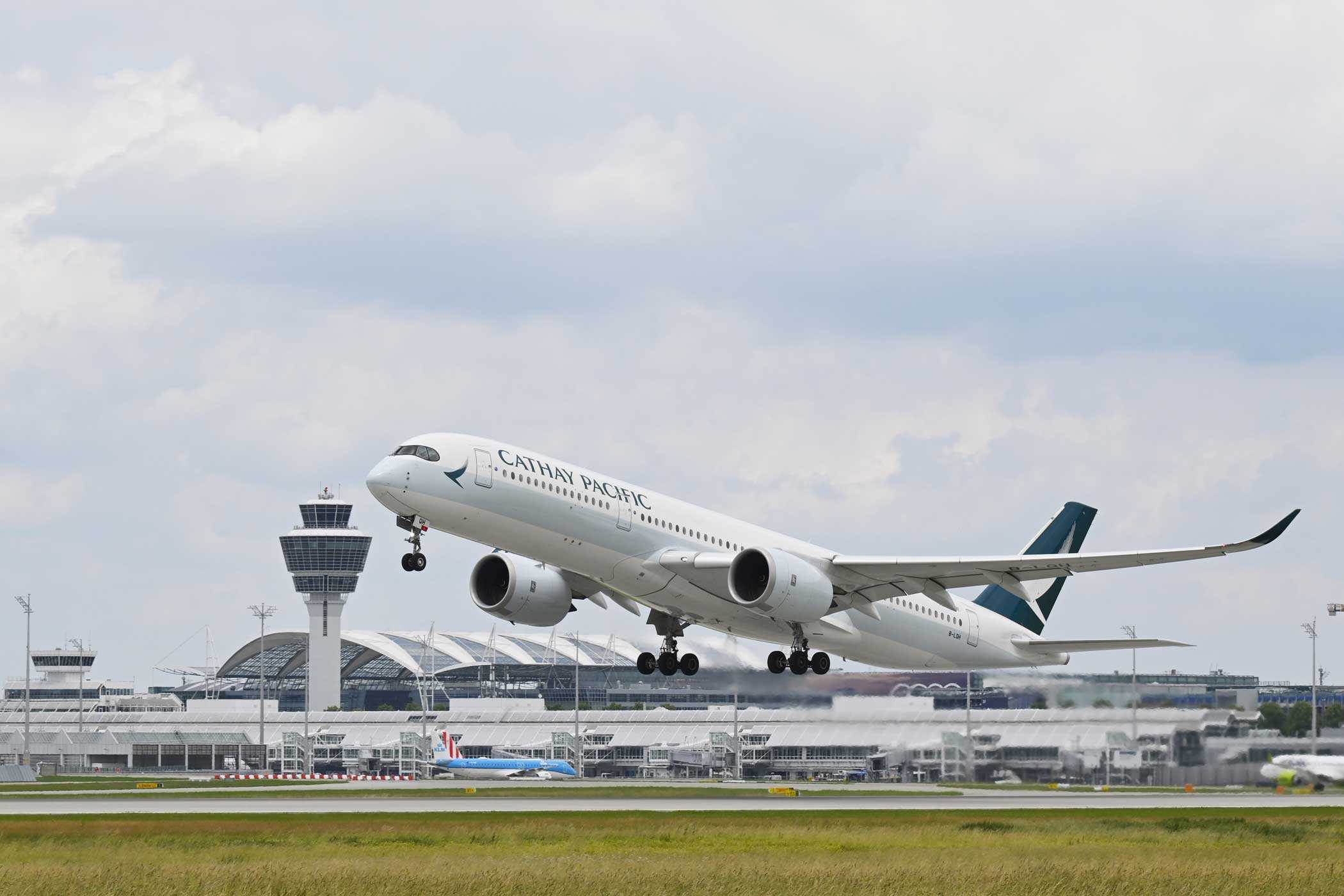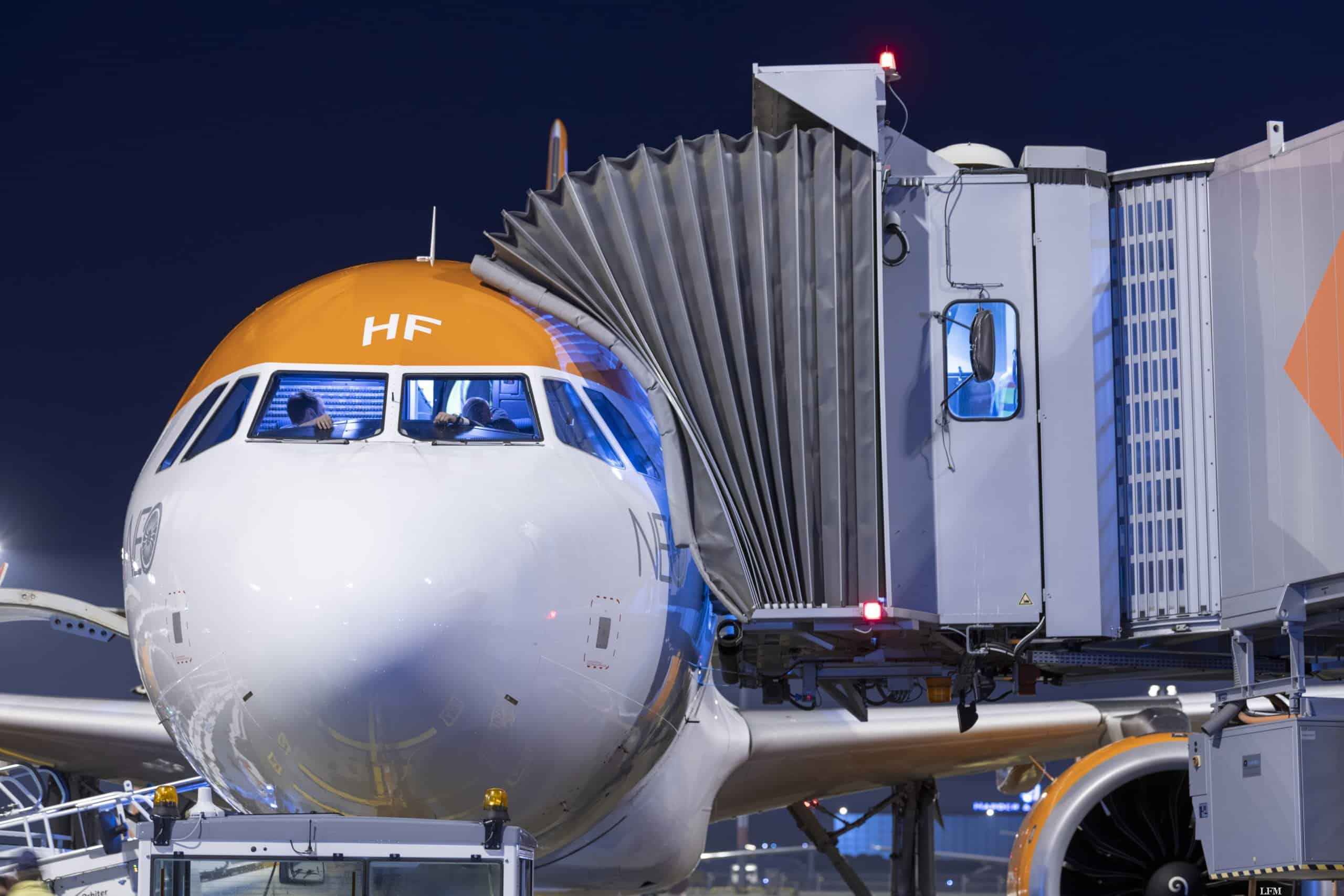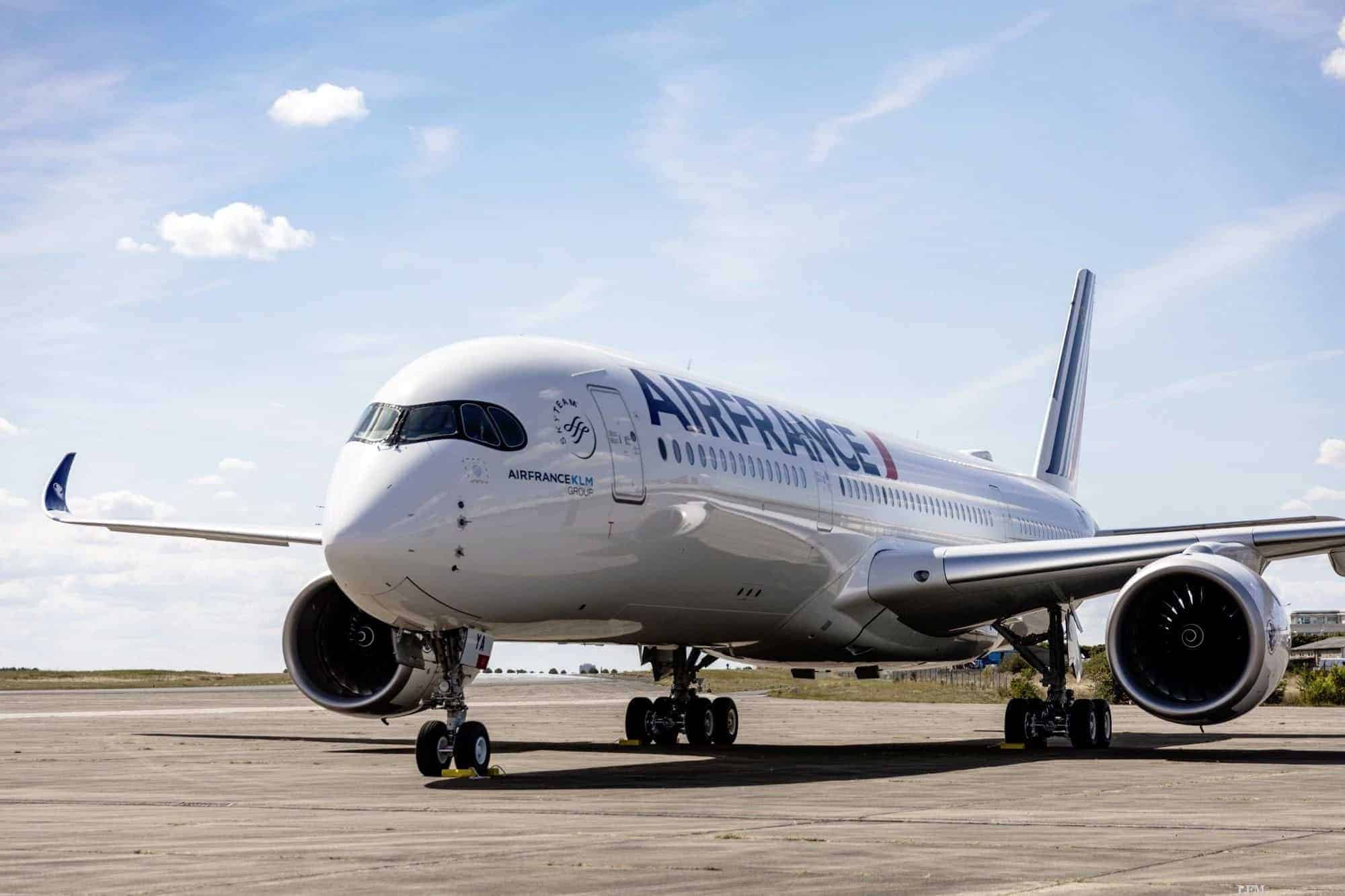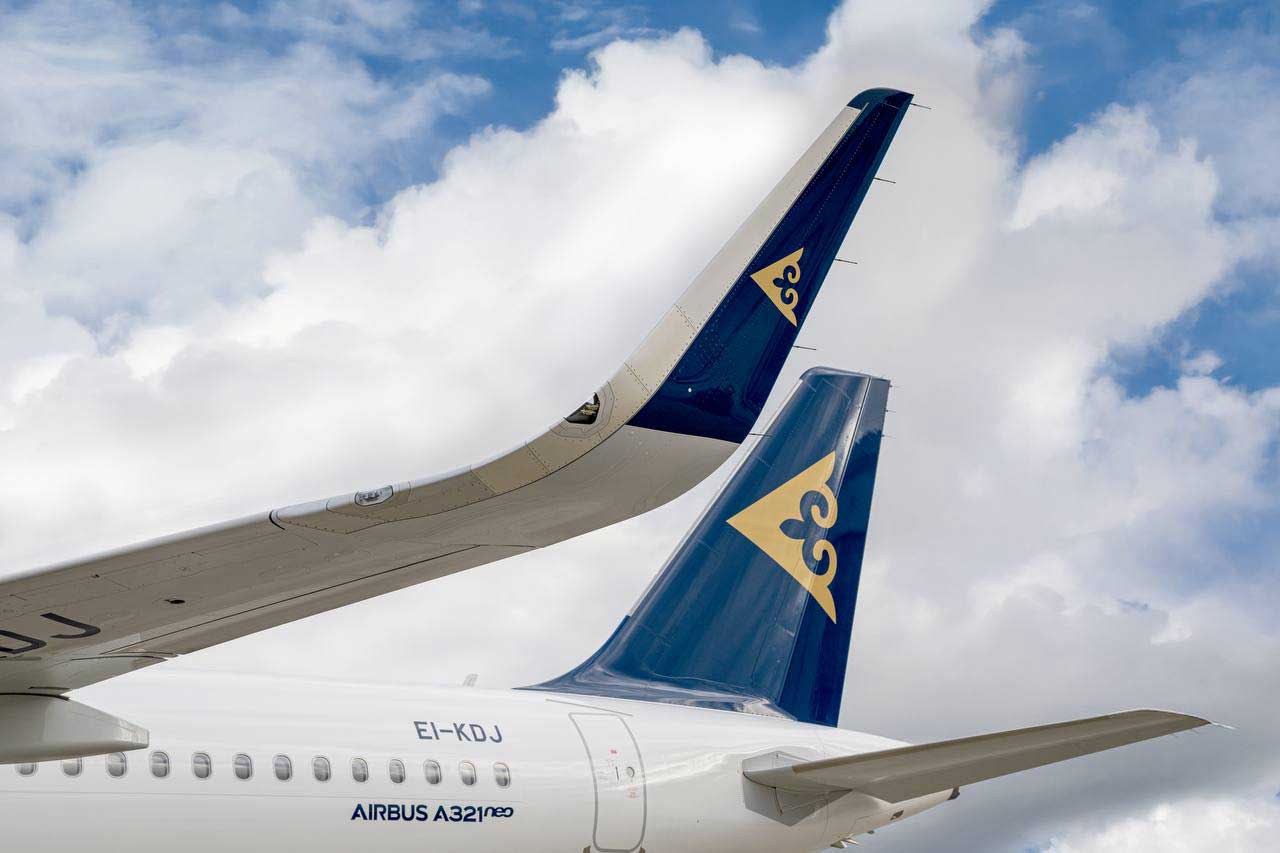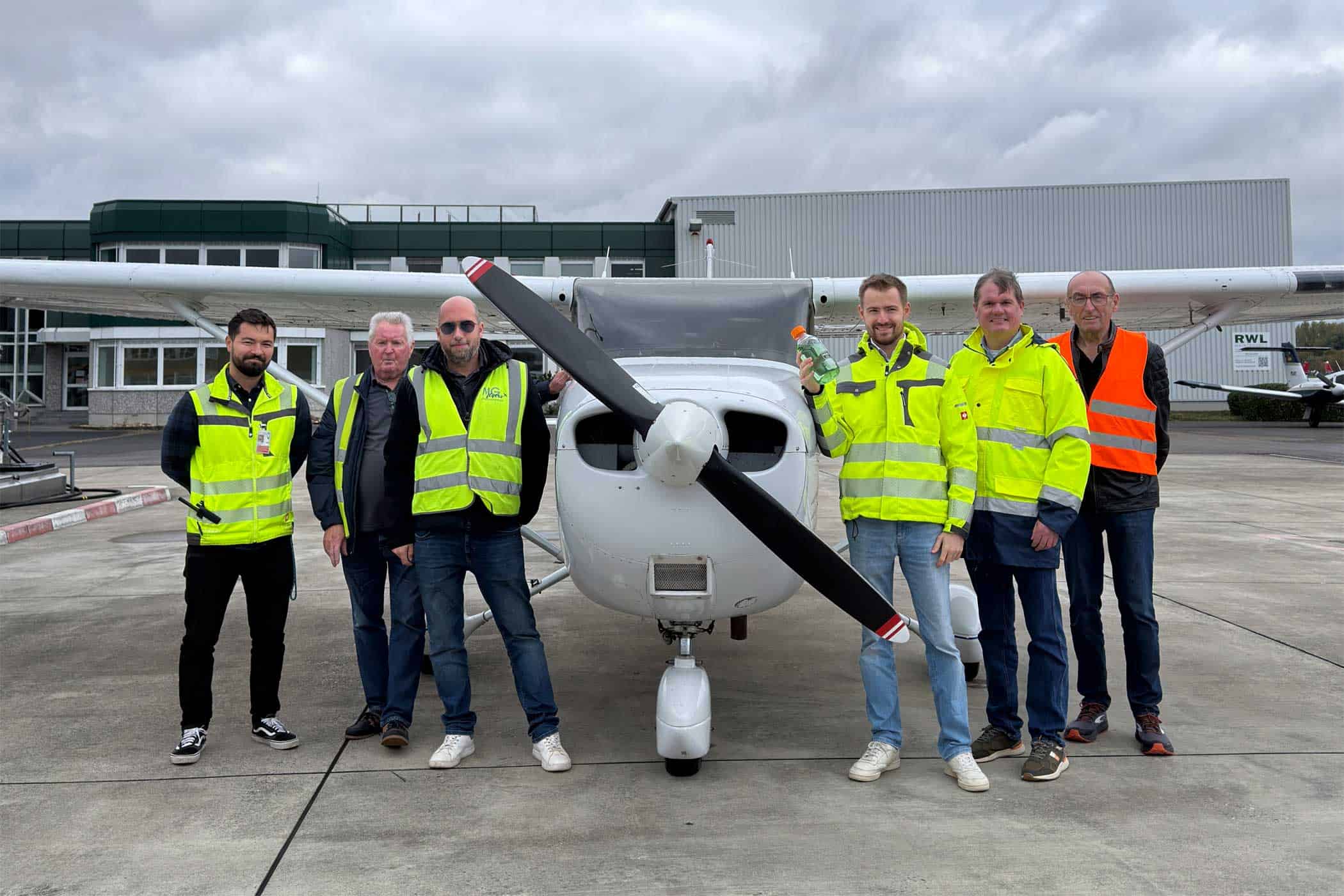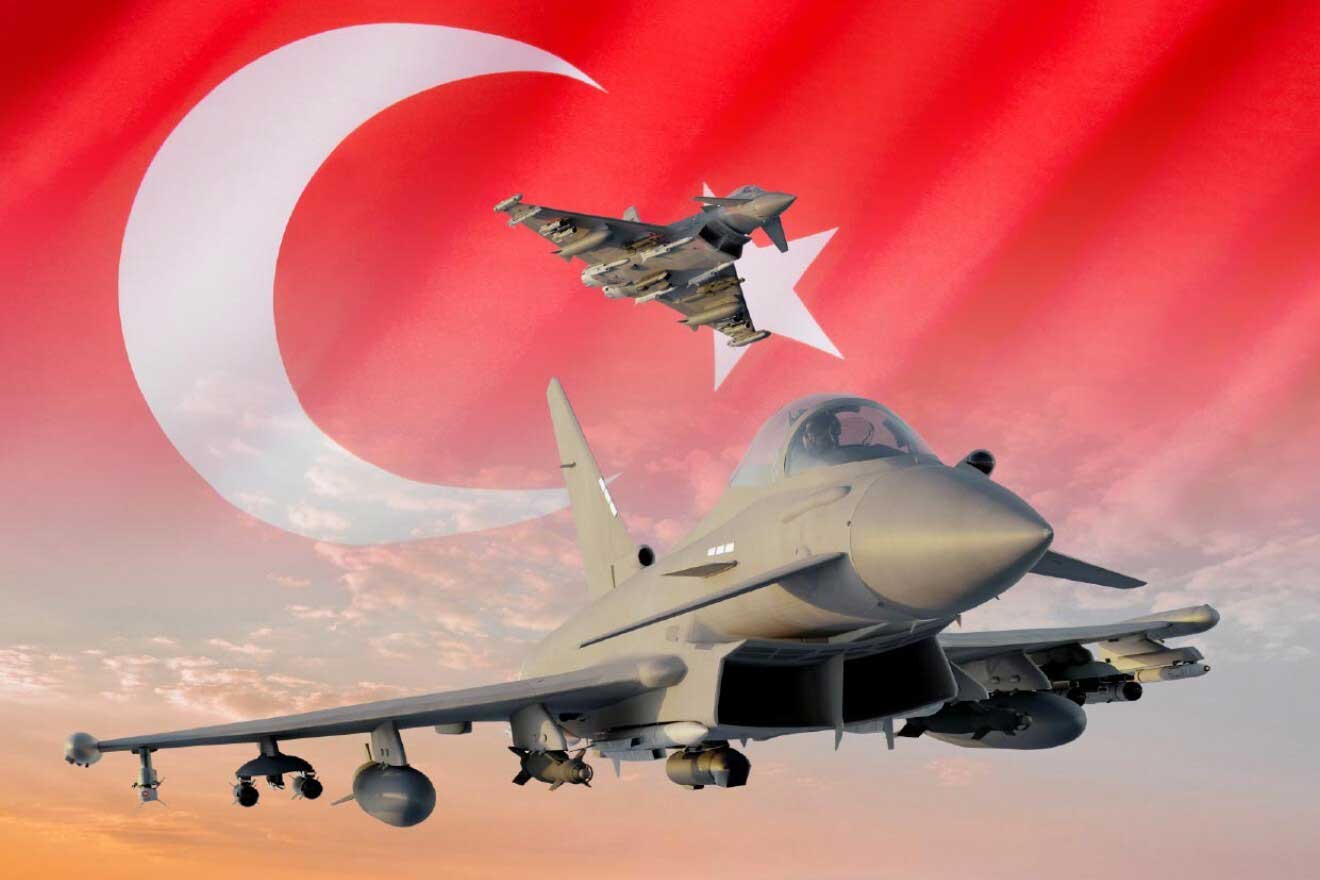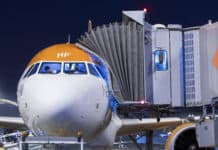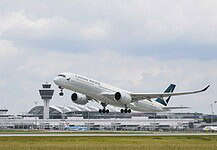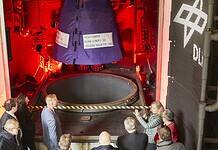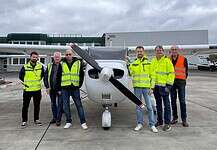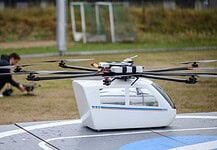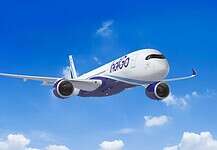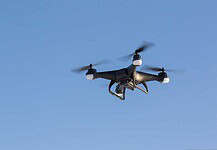
This site is also available on:
Deutsch
The aviation industry is facing ever-increasing challenges, particularly due to climate change, which is leading to an increase in turbulence. In this context, EVA AIR, a leading Taiwanese airline, is taking a pioneering role by joining the Turbulence Aware platform of the International Air Transport Association (IATA). This innovative platform aims to improve flight safety through the exchange of real-time turbulence data, thereby increasing the protection of passengers and crew. The following report explains in detail how EVA AIR is integrating this groundbreaking technology, the technical aspects of the platform, and the impact of this partnership on the industry.
Background: Challenges posed by turbulence in climate change
Turbulence is among the most challenging weather conditions to predict in aviation. With the increase in extreme weather events due to climate change, turbulence is becoming more frequent, making flight planning more difficult. While mild turbulence typically causes only inconvenience, severe turbulence can cause serious structural damage to aircraft and compromise passenger safety. This not only poses potential dangers to flight crews and travelers, but also increases costs due to delays, diversions, and maintenance.
Given these challenges, accurate and timely information about turbulence events is a key prerequisite for taking appropriate action and minimizing risks. This is where the Turbulence Aware platform comes in, enabling real-time data exchange between airlines and flight crews.
Technical aspects of the Turbulence Aware platform
The Turbulence Aware Platform is a state-of-the-art data platform developed by IATA that enables the collection, analysis, and dissemination of turbulence information to pilots and air traffic controllers in real time. This platform is based on the sharing of turbulence reports by airlines that equip their aircraft with appropriate sensors.
Core features of the platform include:
Real-time data collection: Over 2,700 aircraft from currently 28 participating airlines continuously send turbulence data to the platform.
Data aggregation and analysis: The platform summarizes incoming data, evaluates it, and creates comprehensive turbulence maps.
Information provision: Pilots receive visual representations of turbulence areas directly in the cockpit display, allowing proactive course changes.
Increased flight safety: By detecting and avoiding turbulence in a timely manner, risks for passengers and aircraft are significantly reduced.
The integration of this technology represents a significant step in the digitalization and modernization of aviation safety, as it revolutionizes the current approach based on predictions and limited sensor information.
EVA AIR’s role and operational advantages
EVA AIR is one of the first airlines to sign a cooperation agreement with IATA to become part of the Turbulence Aware platform. Initially, 33 Boeing 777-300ER aircraft in the fleet will be equipped with the sensors required for the platform and integrated into the data transmission system.
President Clay Sun emphasizes the importance of this membership, saying, “We believe that participation in Turbulence Aware will help pilots and air traffic controllers analyze real-time data, plan and select appropriate flight paths to avoid areas with higher turbulence risk, and ensure the safety of passengers and the aircraft.”
The platform offers several advantages for EVA AIR:
Increased safety: Early warnings allow aircraft to better navigate turbulence, minimizing the risk to passengers and crew.
Optimized flight routes: Real-time information enables more efficient flight planning, which can shorten travel times and also save fuel.
Reduced maintenance costs: Avoiding severe turbulence reduces potential damage to the aircraft and thus lowers repair costs.
These steps strengthen EVA AIR’s position as an innovative company that actively uses new technologies to optimize the quality and safety of its services.
Quotes from leaders
IATA Director General Willie Walsh said: “We are delighted that EVA AIR is joining Turbulence Aware to further improve the performance of crews and air traffic controllers worldwide, thereby increasing flight safety, fuel efficiency, and passenger comfort.”
Walsh also highlights the significant increase in the platform’s turbulence reports in 2024, which illustrates the growing importance and success of this tool.
EVA AIR President Clay Sun added: “Although technology is becoming increasingly advanced, turbulence remains one of the most difficult weather conditions to predict. The new platform helps us address these challenges even better.”
Significance for the aviation industry
EVA AIR’s membership in the Turbulence Aware platform represents an important step toward improving flight safety, not only for the airline itself but for the entire aviation industry. Sharing turbulence data promotes a collective safety approach that empowers all platform participants.
Increasing connectivity through digital platforms is a key trend in the modernization of the aviation industry. It enables not only more efficient and safer flight operations but also more sustainable use of resources through fuel savings and extended aircraft lifecycles.
Overall, EVA AIR and IATA’s commitment demonstrates how collaboration and innovative technology can work together to address the challenges of climate change and a changing aviation landscape.
Conclusion
EVA AIR’s launch of the Turbulence Aware platform in collaboration with IATA marks a significant advance in aviation safety. By leveraging cutting-edge technology to capture and share real-time turbulence data, the aviation industry can improve passenger and crew protection while achieving efficiency gains and strengthening its ability to adapt to climate change.
This initiative underscores EVA AIR’s commitment to being at the forefront of innovation and actively contributing to a safer future for aviation.
Passengers can look forward to a safer and more comfortable journey, while the industry will be strengthened through the exchange of experiences. It remains to be seen how other airlines will follow this example to fully leverage the benefits of the Turbulence Aware platform.

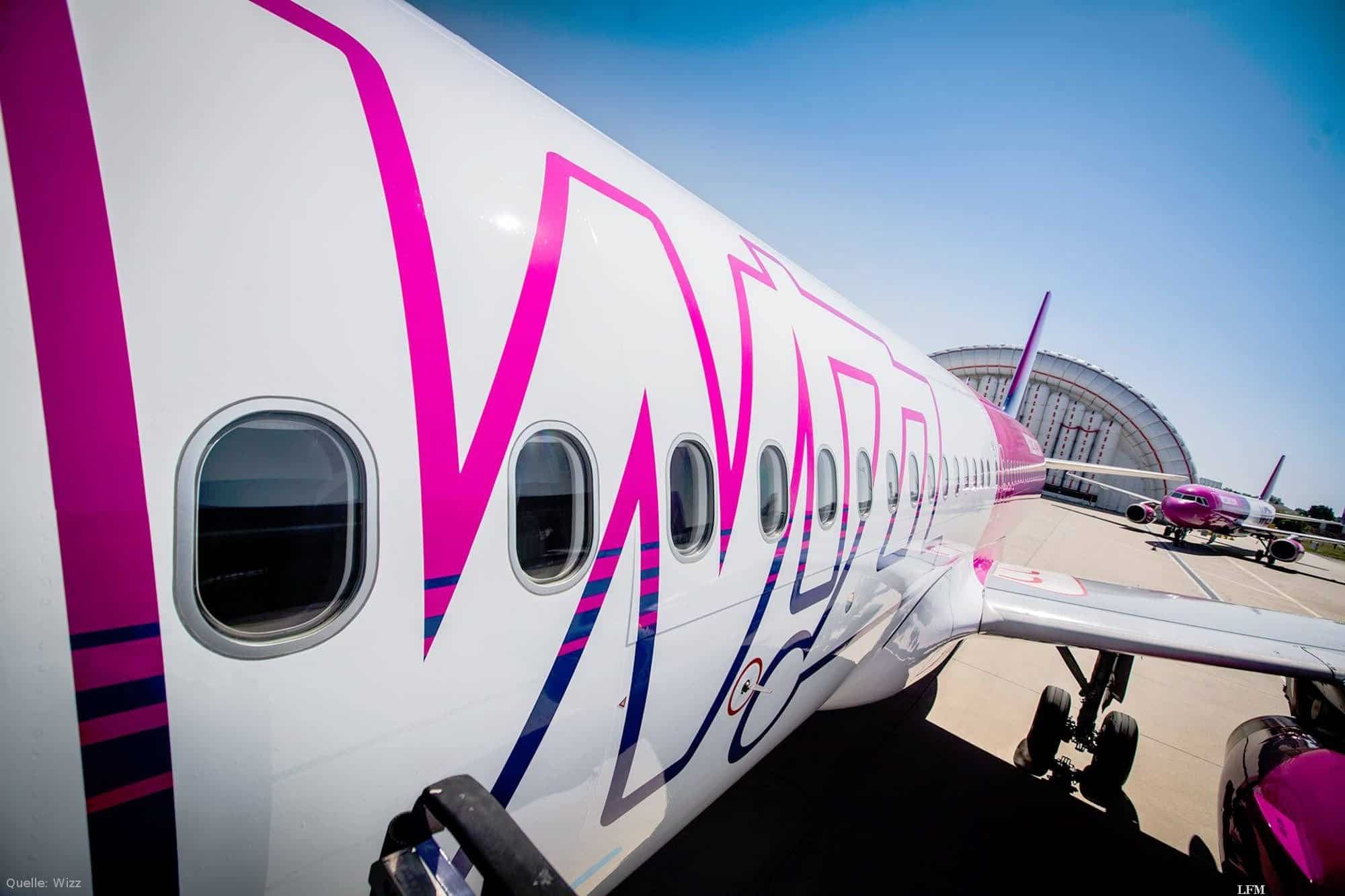 WIZZ Discount Club: More benefits for members (WIZZ Discount Club: More benefits for members)
WIZZ Discount Club: More benefits for members (WIZZ Discount Club: More benefits for members)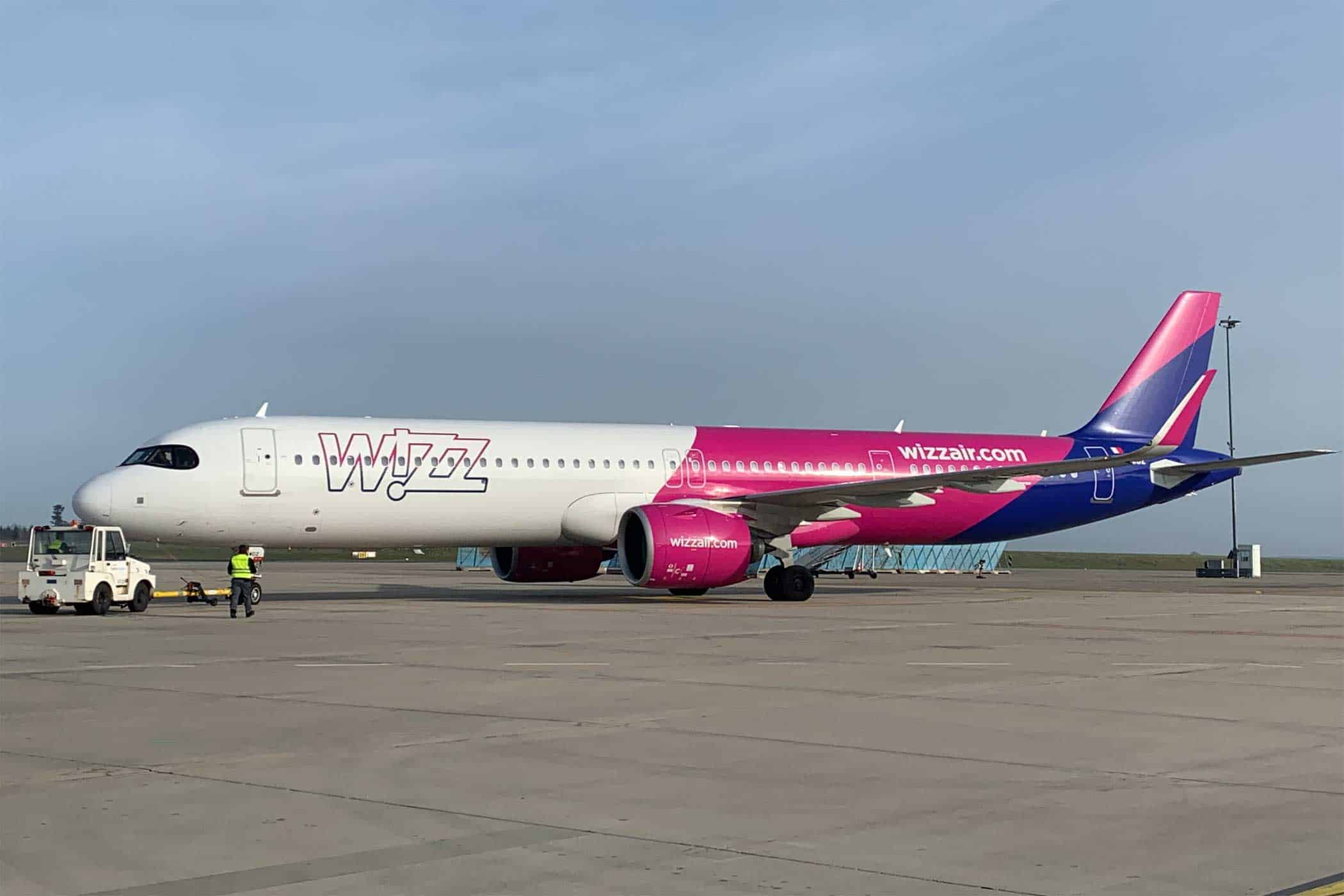 Wizz Air: New flights to Bucharest and Sibiu from Hahn Airport (Wizz Air: New flights to Bucharest and Sibiu from Hahn Airport)
Wizz Air: New flights to Bucharest and Sibiu from Hahn Airport (Wizz Air: New flights to Bucharest and Sibiu from Hahn Airport)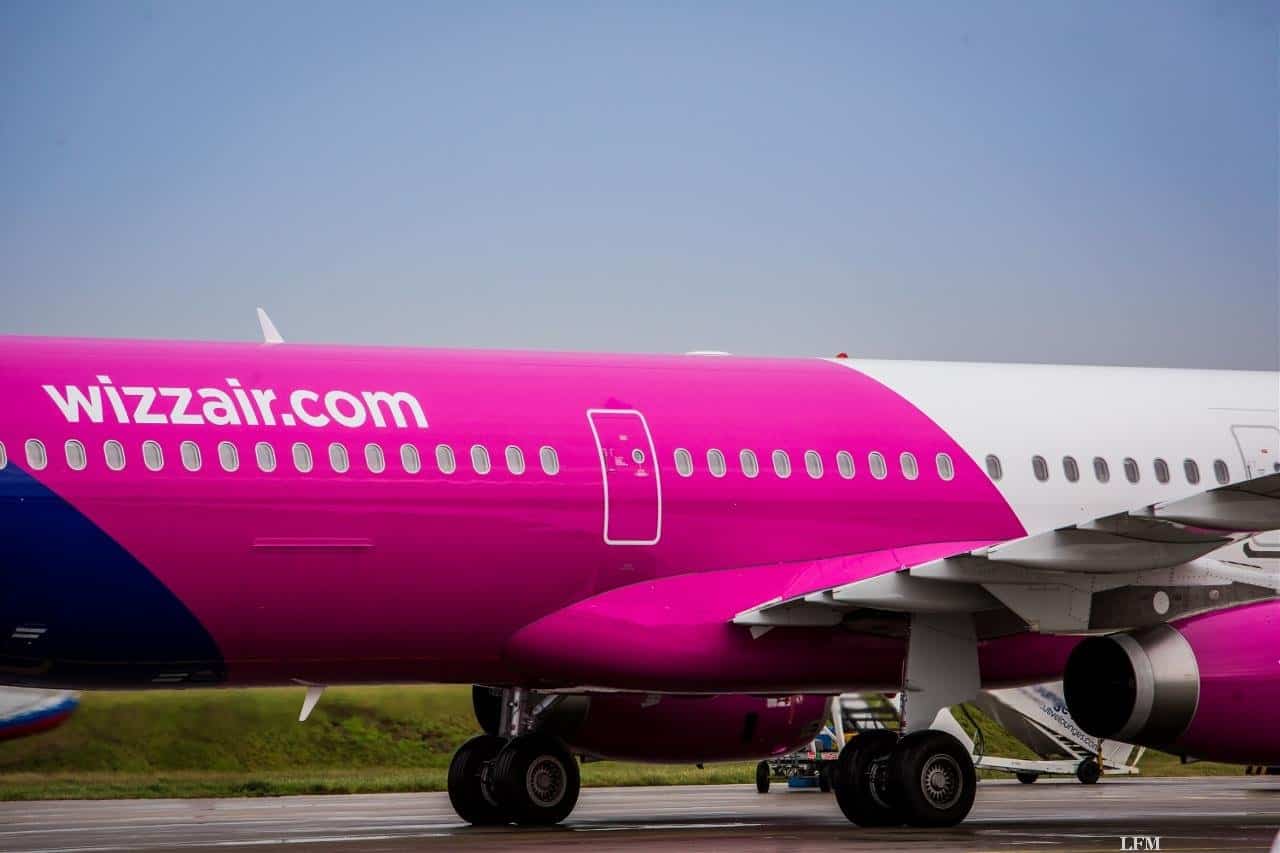 Wizz Air resumes flight connection Dortmund – Szymany (Wizz Air resumes flight connection Dortmund – Szymany)
Wizz Air resumes flight connection Dortmund – Szymany (Wizz Air resumes flight connection Dortmund – Szymany) Wizz Air promotes female power in the skies (Wizz Air promotes female power in the skies)
Wizz Air promotes female power in the skies (Wizz Air promotes female power in the skies)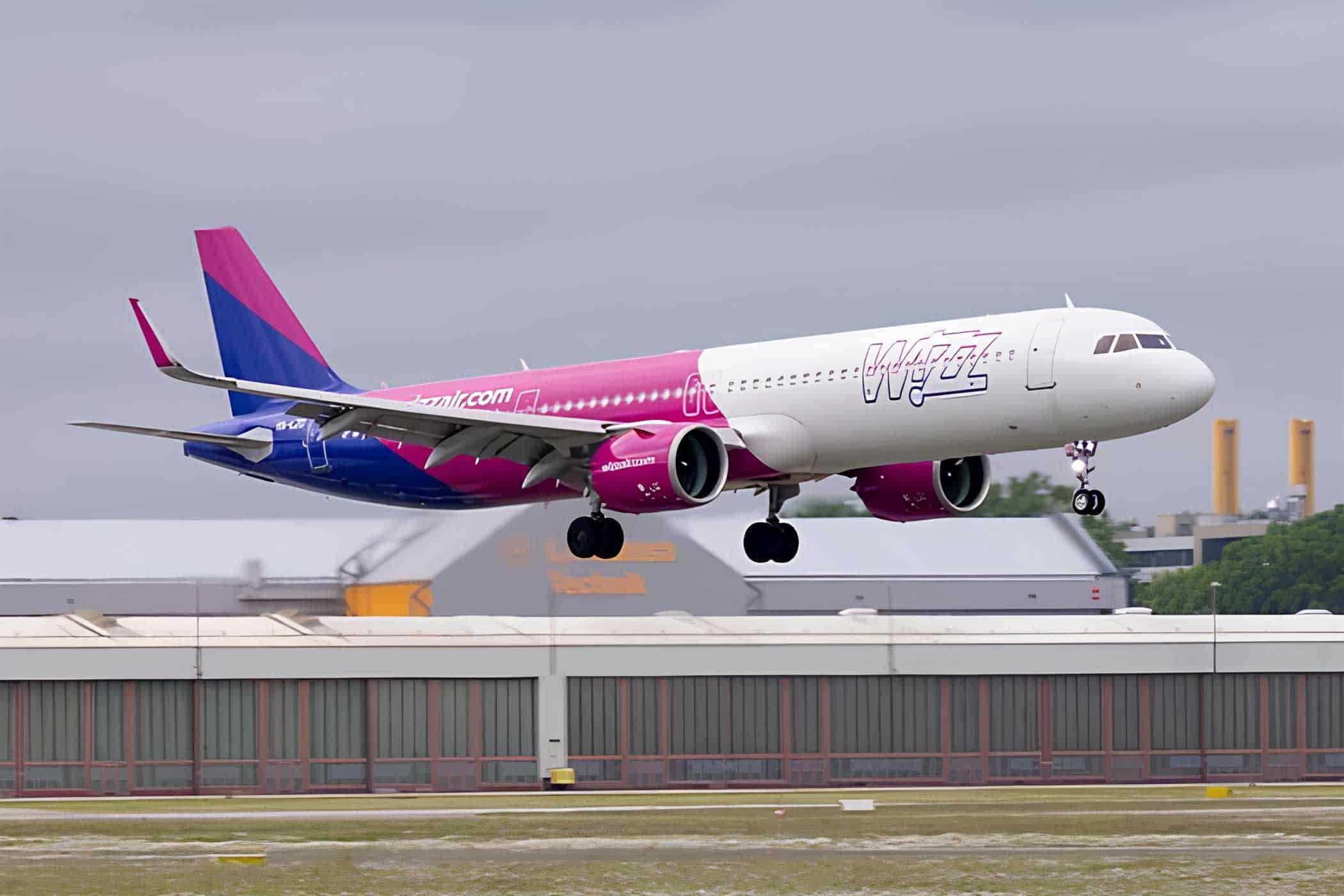 Wizz Air launches route to Kutaisi (Georgia) from Hamburg Airport (Wizz Air launches route to Kutaisi (Georgia) from Hamburg Airport)
Wizz Air launches route to Kutaisi (Georgia) from Hamburg Airport (Wizz Air launches route to Kutaisi (Georgia) from Hamburg Airport)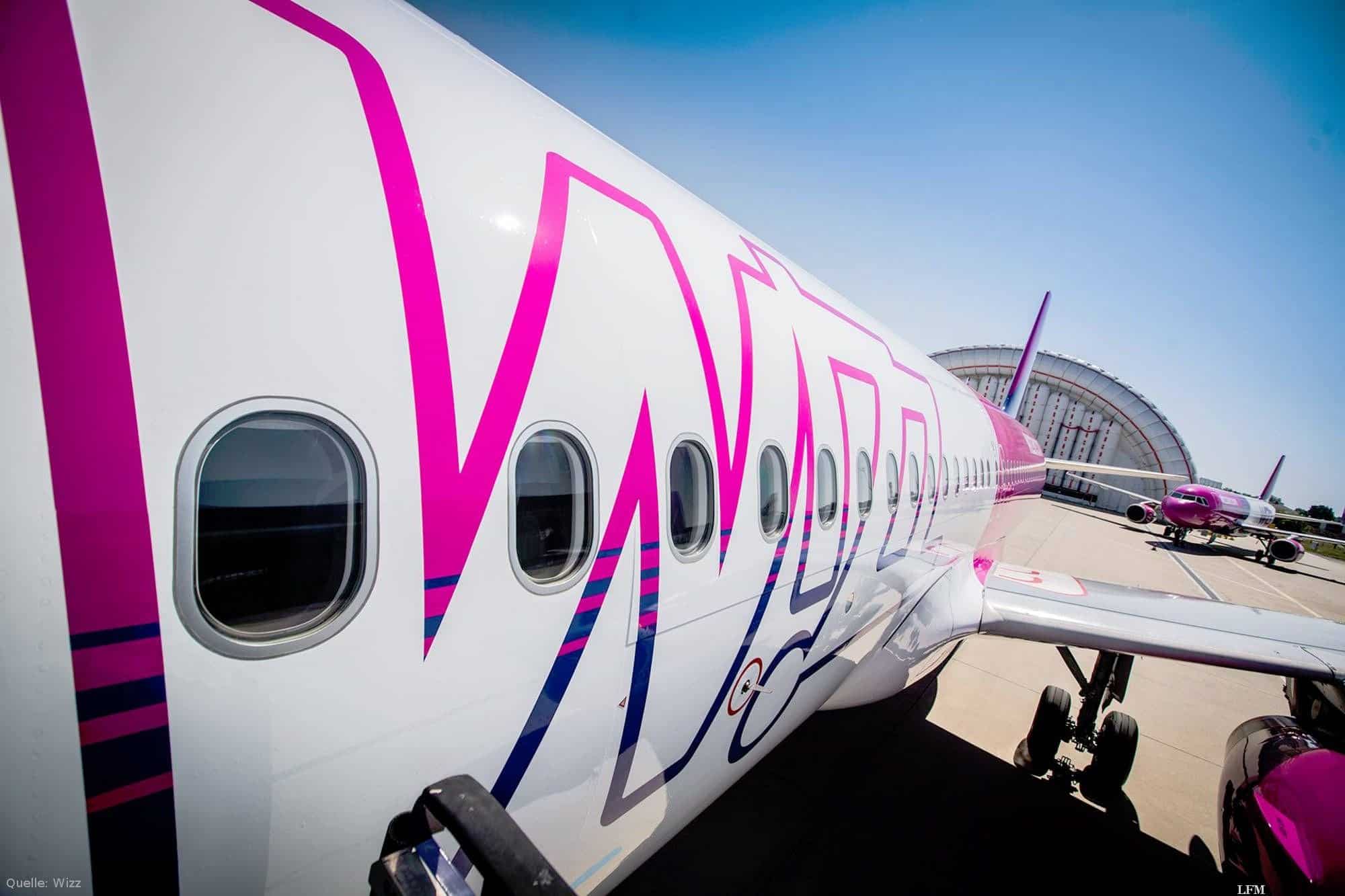 Wizz Air invests 14 billion euros in customer commitment (Wizz Air invests 14 billion euros in customer commitment)
Wizz Air invests 14 billion euros in customer commitment (Wizz Air invests 14 billion euros in customer commitment)